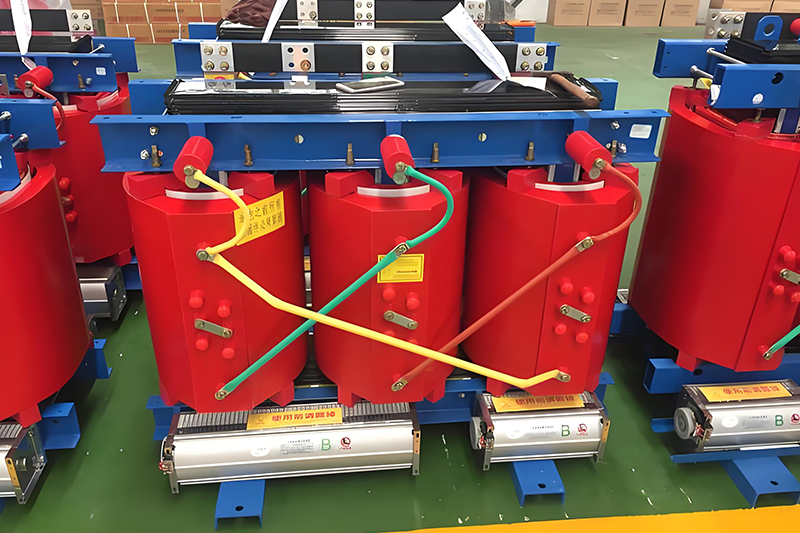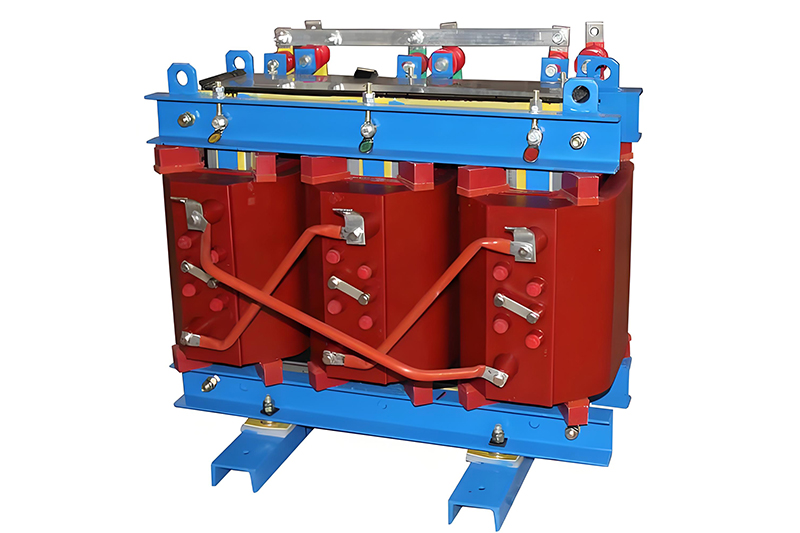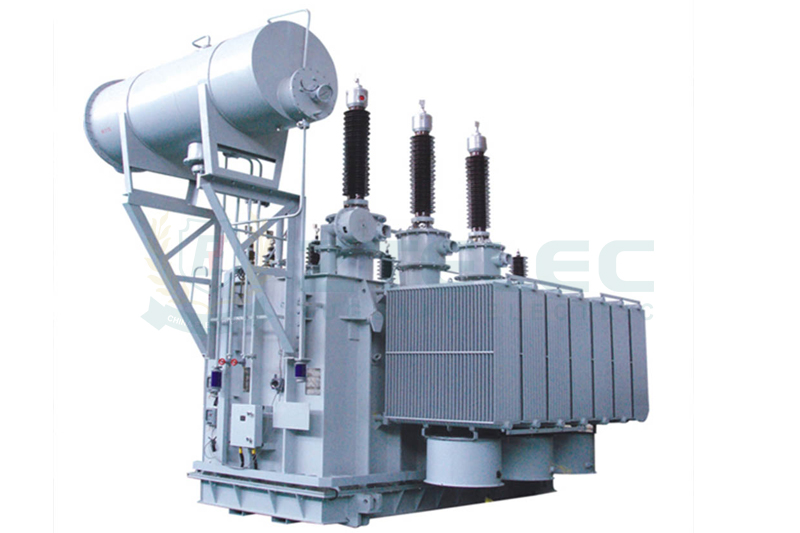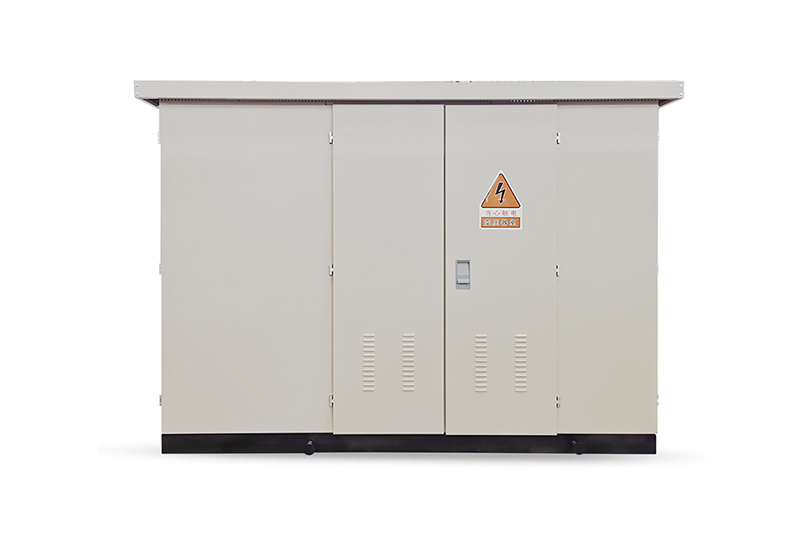why Dry-Type Transformers Are the Ideal Power Solution for Schools
Time:2025-06-18 Auther:ZTelec-www.ztelectransformer.com
As educational institutions transition toward smart campuses and adopt green energy strategies, the demand for safe, quiet, and energy-efficient power infrastructure is growing. Dry-type transformers—thanks to their oil-free construction, fire resistance, and low-noise operation—are increasingly recognized as the optimal choice for school power distribution systems. This guide explores how these transformers deliver unmatched performance across diverse campus settings.

1. Fire-Safe Design for High-Density School Environments
Traditional oil-immersed transformers carry inherent risks of leakage and combustion. In contrast, dry-type transformers use epoxy resin vacuum casting, eliminating the risk of oil fires or explosions. This makes them exceptionally suited for deployment in classrooms, labs, dormitories, and administrative buildings, where student safety is non-negotiable.
2. Enhanced Electrical Safety and Reliability
Thanks to their solid insulation and sealed structure, dry-type transformers operate reliably in fluctuating environments. They are immune to moisture, dust, and chemical contamination—common challenges in older or unconditioned campus facilities. Unlike oil-filled units, they pose zero explosion or combustion risk, offering a dependable foundation for 24/7 educational operations.
3. Ultra-Low Noise for Learning and Living Areas
A quiet power system is essential in schools where concentration is key. Dry-type transformers operate at under 55 decibels, making them nearly silent. They are ideal for noise-sensitive zones like libraries, computer labs, lecture halls, and faculty offices. Their silent performance helps maintain a peaceful environment conducive to focused learning and teaching.
4. High Energy Efficiency and Cost Savings
With energy prices on the rise, dry-type transformers offer an economical solution. Their no-load losses are up to 20% lower than traditional models, cutting electricity costs significantly. The built-in natural and forced air cooling systems extend the transformer’s life span while requiring minimal upkeep—no oil changes, filters, or external cleaning. Schools benefit from up to 70% reduced maintenance costs, freeing up resources for educational investments.

5. Application Scenarios Across School Campuses
With modular configurations and customizable capacity, dry-type transformers can serve various parts of a school:
• Teaching Buildings & Libraries: Use low-noise, high-efficiency models to reduce environmental impact without disrupting classes.
• Laboratories & Data Centers: Deploy high-protection, overload-tolerant transformers to ensure reliable power for precision instruments.
• Dormitories & Dining Halls: Choose fire-retardant, maintenance-free units to maximize safety in densely occupied zones.
• Gyms & Event Halls: Install high-capacity units capable of managing peak loads during sporting events or assemblies.
6. Supporting Smart and Sustainable Campus Development
Dry-type transformers are not just a hardware upgrade—they are the foundation of intelligent, sustainable power systems. With options for remote monitoring, four-remote functions (telemetry, telecommand, telecontrol, telesignaling), and fault prediction, schools can achieve full visibility and control of their energy flow. This supports long-term goals such as carbon reduction, digital campus infrastructure, and energy resilience.
The Future of School Power Systems
From fire safety and low noise to energy savings and maintenance-free performance, dry-type transformers are redefining what’s possible in campus electrical systems. Their adaptability makes them the clear choice for schools aiming to build safe, smart, and green learning environments.
Whether you’re planning a new campus facility or upgrading an existing one, integrating dry-type transformers ensures a future-proof, cost-effective, and environmentally friendly solution.




